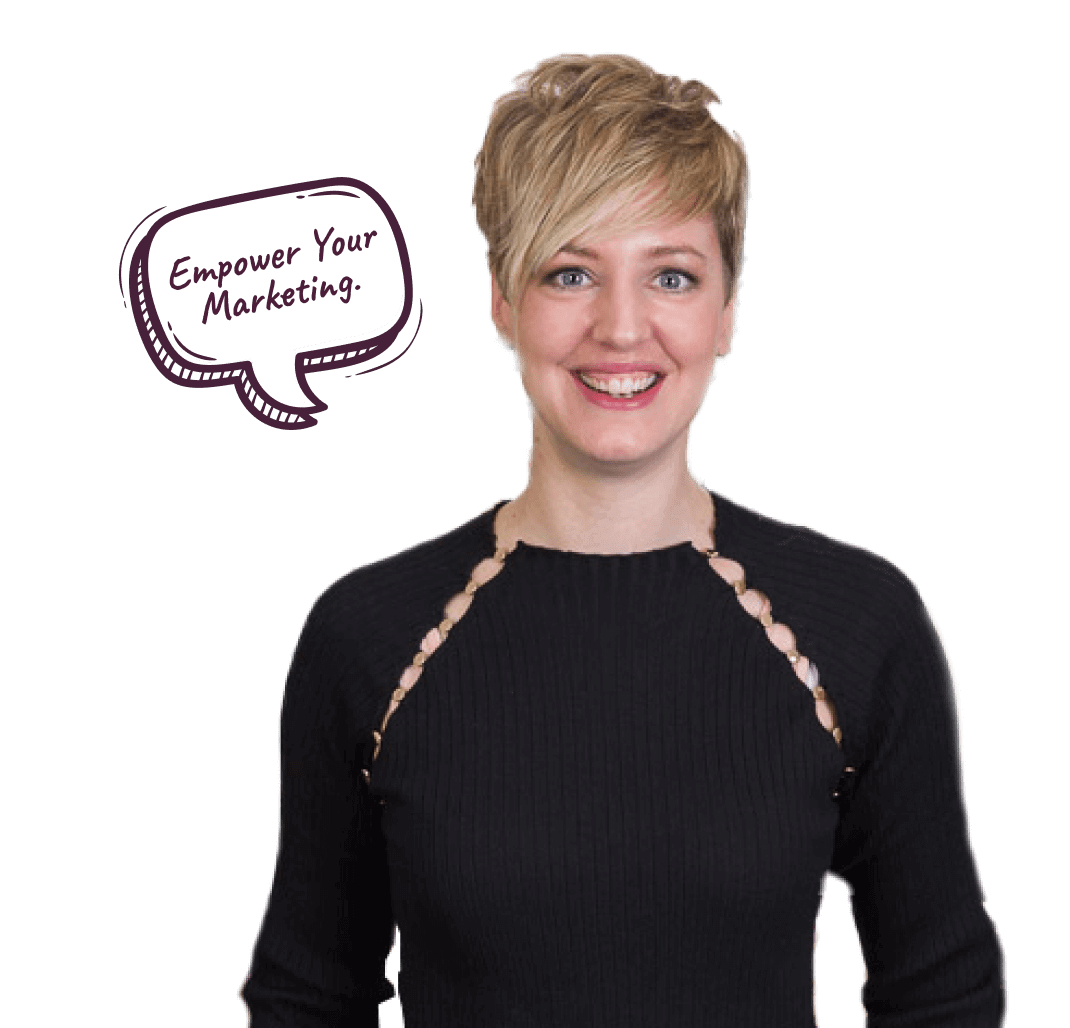BIG or small, traditional and stuffy or bold and exciting; clients can come in all shapes and sizes, especially in b2b marketing. It’s unlikely you’re targeting one singular persona. I’m definitely envious if you are!
So how do you appeal to them both?
At Squibble we target small and large companies, up to 1 million or up to 20 million turnover. Targeting 2 companies at the opposite end of the scale can be tricky because their project requirements are so varied. For a start, they both speak different languages and their outputs are measured differently. The smaller companies tend to focus on brand awareness whereas the larger companies usually have measurable KPIs.What’s the core positioning of your company?
The single thread that unites our 2 audiences is their need for our User Experience (UX) capabilities. This is at the heart of our core offering and forms part of our mission statement. It’s also, funnily enough, what we’re really good at and love doing so it’s easy for us to talk about. We use our mission statement as the framework to base our messages around. If you haven’t nailed your mission, vision and positioning statement then use our free download to help you: The 9-Step Re-Brand Audit. Whilst doing our target audience research we also noticed that most of our clients were female. So sorry gents but our imagery became a lot more feminine too. If you’re splitting your content out, everytime you post, then you’re potentially neglecting half of your audience. This means you have to work doubly hard and then there’s less time to drink gin.But what about different sectors?
It’s likely that you solve the same problems for each sector, just in different ways. So instead of getting into sector specifics keep your solution at the forefront. Recently, we worked with a company who’s technology was applied in very different ways and to multiple sectors. This generated 4 different messages but at the core their technology was the enabler that made it all possible. This meant the sector became irrelevant and what their technology could enable became the central focus.3 Steps to get it done:
- Create a brand framework. Use our free guide to help you get started. For the moment, forget about your audiences and concentrate on what you do best and what you want your brand to represent. This will form the key messages for all your marketing channels.
- Listen to your audience. Through social media and market research, identify the topics and moods that resonate most with your individual audiences. It’s highly likely that you start to notice a pattern of frustrations or a similar group of challenges that both audiences experience. Although the messages may be different, they should link back to your key messaging framework developed in step 1.
- Deliver your message. This is where the fun starts. Now you can start getting creative with your messaging. Consider all touch points from your website to print and digital marketing. How can you unite your messaging and focus it around your core vision statement?







